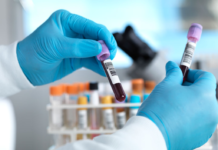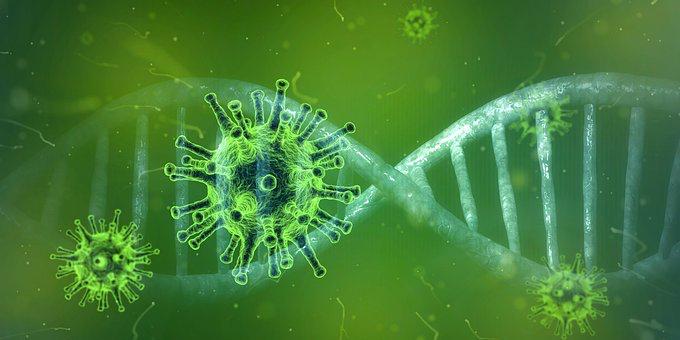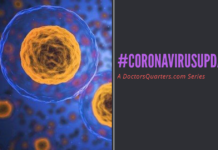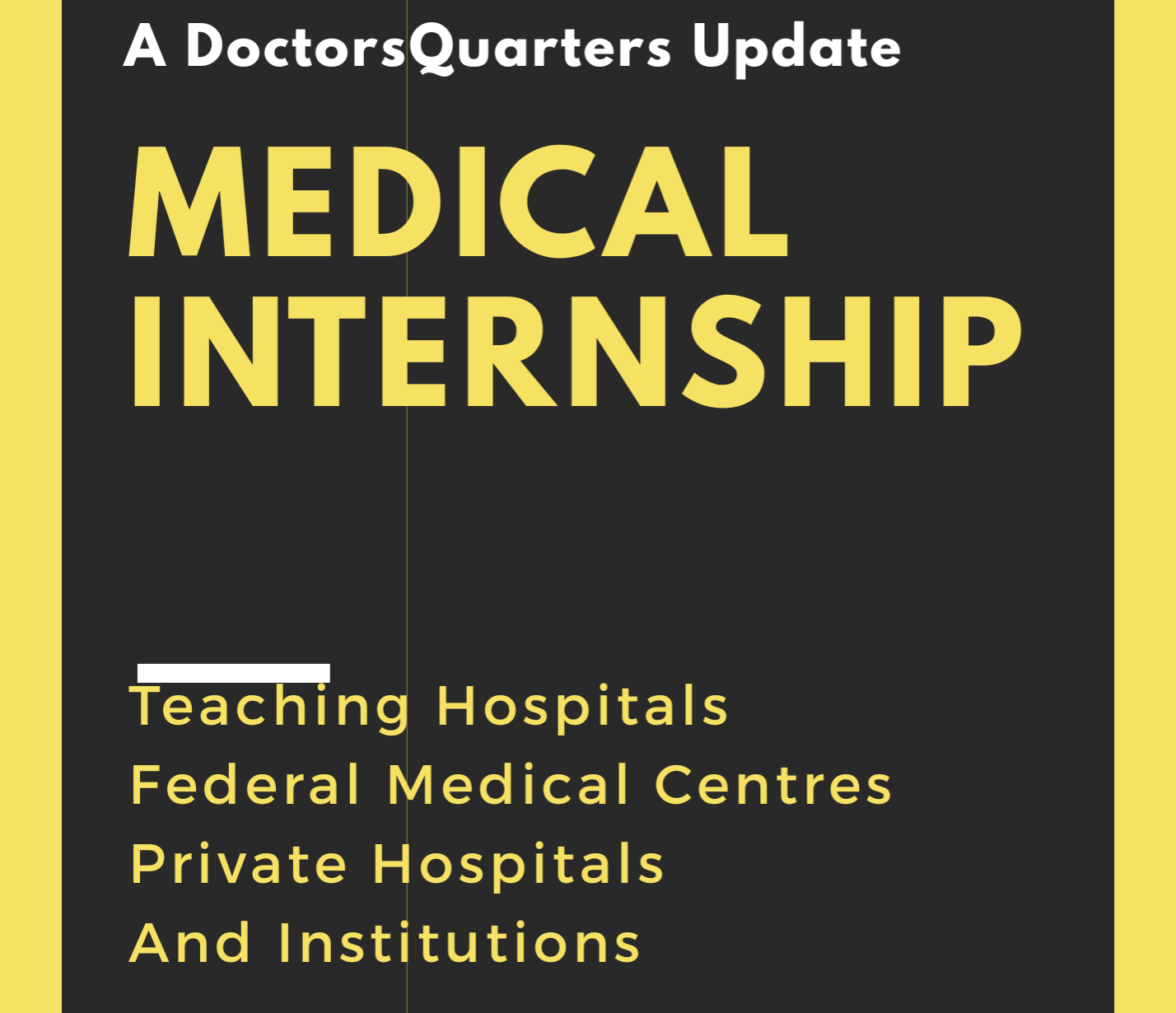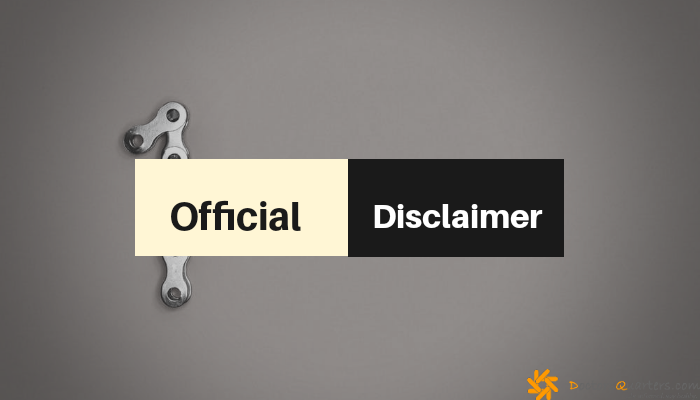To Buy Finasteride Online Visit Our Pharmacy ↓

Understanding Finasteride and Its Purpose
Imagine opening a small bottle, filled with promise for thicker hair and renewed confidence. That's Finasteride, a widely used medication initially developed to treat benign prostatic hyperplasia. It has gained popularity because of its remarkable ability to combat male pattern baldness. Essentially, Finasteride works by inhibiting the conversion of testosterone to dihydrotestosterone (DHT), a hormone linked to hair loss. Understanding how it functions is crucial for those embarking on this journey.
To better grasp its application, consider the following key details:
| Aspect | Detail |
|---|---|
| Primary Use | Treat hair loss in men |
| Mechanism | Inhibits DHT production |
| Initial Development | Treat prostate enlargement |
Finasteride articulates a biological solution to what many perceive as an inevitable genetic trait, offering patients an opportunity to regain control over hair health.
Managing Expectations: the Timeline of Results

Understanding the timeline of results when starting finasteride is crucial for maintaining realistic expectations. In the first month, you may not notice significant changes; this is typical as finasteride begins to work internally by inhibiting the conversion of testosterone to dihydrotestosterone (DHT), the hormone responsible for hair loss. By the second or third month, some users may start to see subtle improvements, such as a decrease in hair shedding or a slight thickening of existing hairs. However, patience is essential, as hair growth cycles vary.
It's important to remember that finasteride's effects are gradual. Around the six-month mark, more noticeable progress may occur, with potential increases in hair density and coverage. Keep in mind that individual results can differ, and consulting with a healthcare professional can provide additional guidance tailored to your specific needs.
Common Side Effects and How to Handle Them
Many individuals using finasteride can experience some side effects initially, such as a decrease in libido, erectile dysfunction, or minor tenderness in the chest area. These effects tend to be temporary and often improve as your body adjusts to the medication. If you encounter these symptoms, it's crucial to have an open dialogue with your healthcare provider. They can offer insights on how to best manage and mitigate these experiences, ensuring that you continue benefiting from the treatment while minimizing discomfort.
Tracking Progress: Monitoring Hair Growth Changes

When embarking on the finasteride journey, understanding the nuances of monitoring hair growth is crucial. Begin by maintaining a photographic record of your scalp from various angles at consistent intervals, ideally monthly. This visual diary will help you discern subtle changes that might otherwise go unnoticed. Additionally, maintaining a journal of observations about how your hair feels and behaves can offer valuable insights. Remember, visible progress with finasteride might be gradual but maintaining consistent documentation will reveal significant patterns over time.
It's important to balance expectations with reality, as hair growth tends to follow its unique rhythm. Some might witness noticeable improvements within a few months, while others might take longer. Elements like genetic predispositions, overall health, and adherence to treatment can affect the pace of progress. Engage with communities or forums where others share their finasteride experiences; these exchanges can provide encouragement, perspective, and support as you await results.
Incorporating regular check-ins with a dermatologist can further refine your understanding of changes. These professionals offer insights tailored to your progress and may suggest complementary treatments to enhance finasteride's effects. Being attuned to these evaluations and personal observations fosters a proactive approach, allowing for timely adjustments based on data-driven insights. Celebrating small milestones along this path not only keeps motivation high but also affirms that persistence with finasteride can yield rewarding outcomes.
Tips for Maximizing Finasteride Effectiveness
Incorporating finasteride into your hair care regimen requires more than just daily intake; it involves certain lifestyle adjustments. One valuable tip is maintaining a consistent daily schedule for taking finasteride to help stabilize hormone levels for optimal impact. Complement this with a balanced diet rich in vitamins such as biotin and zinc, known for supporting hair health.
Furthermore, understanding the role of patience cannot be overstated. Hair growth follows a slow cycle, and it may take several months to observe noticeable changes. Meanwhile, documenting hair progress through photography can be motivating, helping you track improvements over time and adjust your approach if needed.
| Lifestyle Habit | Benefit | Example |
|---|---|---|
| Consistent Finasteride Intake | Stabilizes hormone levels | Daily at the same time |
| Balanced Diet | Supports hair health | Rich in biotin, zinc |
| Progress Tracking | Adjusts approach as needed | Use photography |
Addressing Myths and Misconceptions about Finasteride
While finasteride has gained attention for its effectiveness in treating male pattern baldness, numerous myths surround its use. One common misconception is that finasteride causes severe side effects in all users. However, extensive clinical studies have shown that side effects are rare and typically mild, affecting only a small subset of users. Furthermore, some believe that once you start taking finasteride, you must continue indefinitely or risk severe hair loss. In reality, stopping the medication may eventually lead to the resumption of hair loss, but it doesn't accelerate the process beyond the natural progression.
Another myth is that finasteride causes impotence or long-term sexual dysfunction. While some may experience temporary changes in libido, these effects are generally reversible upon discontinuation of the drug. Finally, it's often wrongly stated that topical treatments are equally effective alternatives. While topical options offer benefits, they do not work in the same way or provide the same efficacy as finasteride. It's important to consult healthcare professionals for personalized advice and to distinguish facts from myths for an informed decision.

